Teatro de NANTA en Myeong-dong (명동난타극장)
790.4M 2025-07-17
Myeongdong-gil 26, Jung-gu, Seúl
La exitosa obra teatral NANTA tiene su propio teatro en el barrio céntrico de Myeong-dong, en Seúl. Se encuentra dentro del edificio de la Unesco, el antiguo Centro de Arte Myeong Dong. Tiene un total de 386 asientos, siendo la sala más grande de NANTA existente hasta el momento.
Centro Cultural Sejong (세종문화회관)
791.2M 2023-10-30
Sejong-daero 175, Jongno-gu, Seúl
El Centro Cultural Sejong fue construido en 1978 en Gwanghwamun. Tiene un teatro grande, un teatro pequeño, una galería de arte y otros lugares para albergar varias clases de actuaciones y exhibiciones. El teatro grande del Centro Sejong, su escaparate principal, tiene el mayor órgano de tubos de Asia, y un escenario majestuoso. Puede alojar a 3.822 personas, y su escenario puede transformarse para ajustarse a muchas clases de actuaciones diferentes, como conciertos, obras, ballets y películas, para acentuar sus mejores cualidades. El sistema de iluminación y sonido del escenario, digno de los teatros más grandes, están controlados por ordenador para un control de precisión. El teatro pequeño puede alojar a 442 personas en sus dos pisos, y el escenario es muy grande, considerando el tamaño del teatro pequeño –unas 100 personas pueden estar en el escenario al mismo tiempo-. La galería de arte del Centro Sejong está compuesta en realidad por tres galerías, una en el edificio principal, otra en el edificio anexo y otra más en la sección del Centro añadida recientemente. Las tres son lugares de exhibición vanguardistas. También hay una tienda de arte, salas de conferencias para artistas y muchas salas espaciosas en donde puede relajarse. Incluso si no está aquí para ver ninguna exposición, es un lugar que vale la pena recorrer.
Festival de Arte Callejero de Seúl (서울거리예술축제)
794.1M 2025-10-23
Taepyeong-ro 1-ga 1, Jung-gu, Seúl.
02-2088-4957
El Festival de Arte Callejero de Seúl se realiza en las principales plazas y espacios culturales que conectan las grandes calles y avenidas de Seúl. Diferentes manifestaciones artísticas callejeras encuentran un lugar de expresión en este festival. Desde el año 2003 se celebraba bajo el nombre de Festival Hi Seoul, pero en 2016 cambió por su actual denominación.
Onion (Sucursal de Anguk) (어니언 안국)
799.6M 2024-04-18
Gyedong-gil 5, Jongno-gu, Seúl
Plaza de Seúl (서울광장)
803.2M 2025-05-23
Sejong-daero 110, Jung-gu, Seúl.
Fundado en 1926, el antiguo edificio del Ayuntamiento de Seúl es de piedra, de estilo renacentista. La plaza delante del Ayuntamiento es un sitio histórico donde se realizaron el Movimiento de Independencia de 1919 (Samil) y el movimiento de pro-democracia en junio de 1987. Es también un lugar conocido porque, durante la Copa Mundial de Fútbol de 2002, decenas de miles de admiradores del seleccionado nacional se congregaron para aclamarlo. Esta plaza de hierba oval delante del Ayuntamiento de Seúl, reestablecida en 2004, es usada como un lugar para sostener varios acontecimientos y festivales culturales, y es para el disfrute por muchos seulitas. Como atracción de la Plaza de Seúl está la fuente de agua del piso. Las 48 luces de piso a lo largo de la plaza de hierba y una especie de reloj externo de la pared son otros rasgos distintivos de la Plaza.
Noon Square (눈스퀘어)
807.7M 2024-01-25
Myeongdong-gil 14, Jung-gu, Seúl.
Aank Hotel & Spa Jongno Unni Branch (아늑호텔 앤 스파 종로운니점)
808.7M 2025-04-25
89, Donhwamun-ro 11ga-gil, Jongno-gu, Seoul
Pista de Patinaje de la Plaza de Seúl (서울광장 스케이트장)
814.6M 2021-05-27
Sejong-daero 110, Jung-gu, Seúl
En invierno, la Plaza de Seúl, frente al Ayuntamiento de la ciudad, se convierte en un complejo de pistas de patinaje sobre hielo. Tiene tres pistas de distinto tamaño y una pista de trineo sobre hielo. Una de las grandes atracciones del lugar es que posibilita apreciar todo el paisaje completo de la plaza y presenta varios eventos y espectáculos culturales.
Catedral Católica de Myeong-dong en Seúl (서울 명동성당)
833.3M 2023-02-22
Myeongdong-gil 74, Jung-gu, Seúl.
La Catedral Católica de Myeong-dong es el corazón de las iglesias católicas de Corea y el símbolo tradicional de la zona de Myeong-dong. Las razones por la que muchísima gente visita este lugar, sin importar la fe que profese, es por la magnífica edificación arquitectónica y su interior, y, por supuesto, por la ubicación central, ya que se encuentra en la zona comercial más famosa de la ciudad de Seúl.
El diseño interior al estilo gótico es muy atractivo. La construcción comenzó en el año 1892 y se completó en mayo de 1898. La empinada torre, cuya altura es de 45 metros, sobresale por encima de los demás edificios de sus inmediaciones. Todos los edificios pertenecientes a la basílica fueron hechos de ladrillo, pero varían en la forma y color. Si pasa frente a la figura de Cristo que se yergue en el frente de la catedral e ingresa a ella, verá las magníficas columnas internas, las ventanas en vitró y el lujoso altar. Si gira sobre sus pies y mira hacia atrás, observará el lugar del coro y el órgano de tubos en el piso 2. Seguramente, sentirá a flor de piel el ambiente serio del catolicismo.
En el subsuelo hay una pequeña capilla y los mausoleos de los mártires. En la Víspera de Navidad, se realiza una misa solemne de medianoche en esta Catedral de Myeong-dong.
Parque Sejongno (세종로공원)
837.3M 2024-09-10
Sejong-daero 189 (subsuelo), Jongno-gu, Seúl
El Parque Sejongno está localizado cerca del Centro Cultural Sejong de Seúl. Dentro del parque hay bancos de madera y zonas con sombra para que la gente pueda sentarse y relajarse. También hay fuentes de agua, un escenario exterior y varias esculturas. Entre semana, el parque se llena de oficinistas que lo visitan a la hora de la comida, y durante los fines de semana incluso se realizan bodas al aire libre.
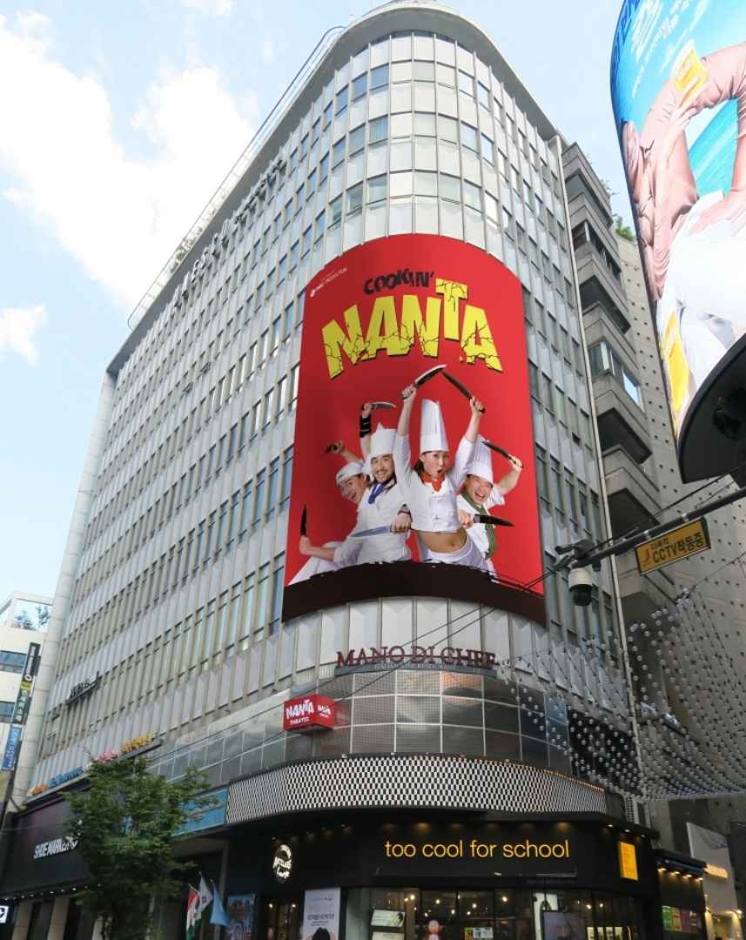
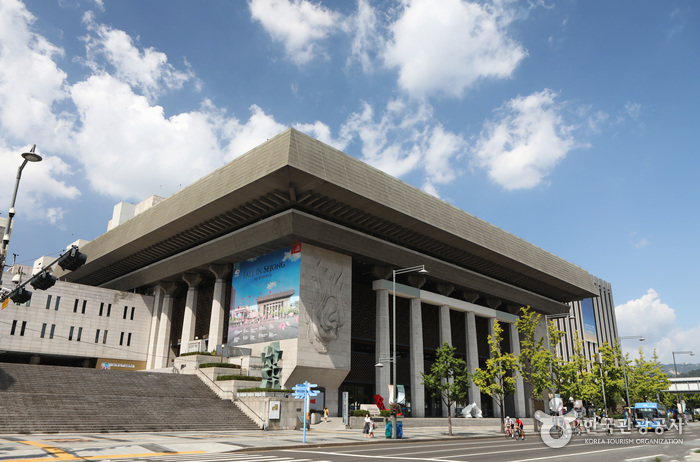
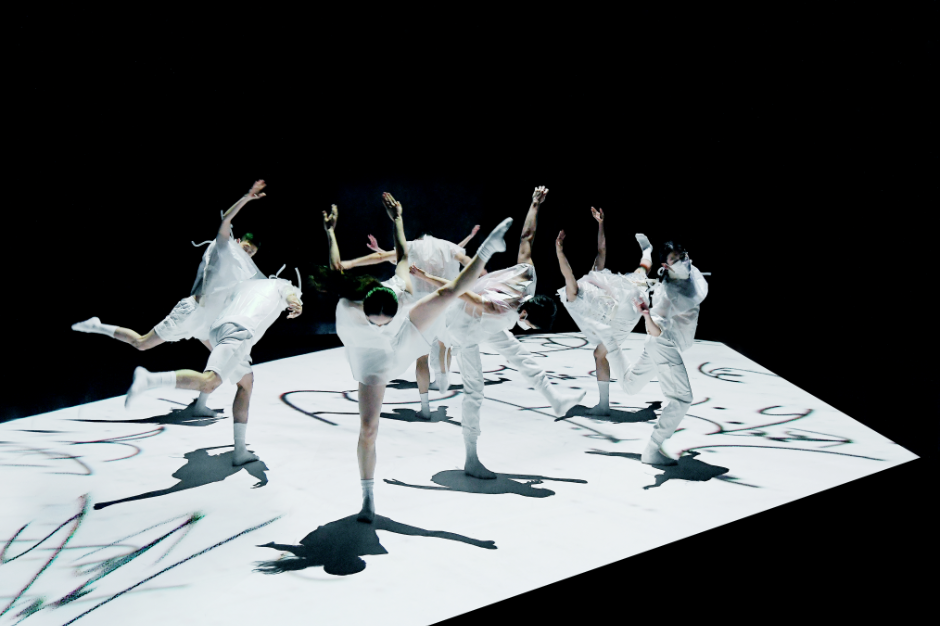
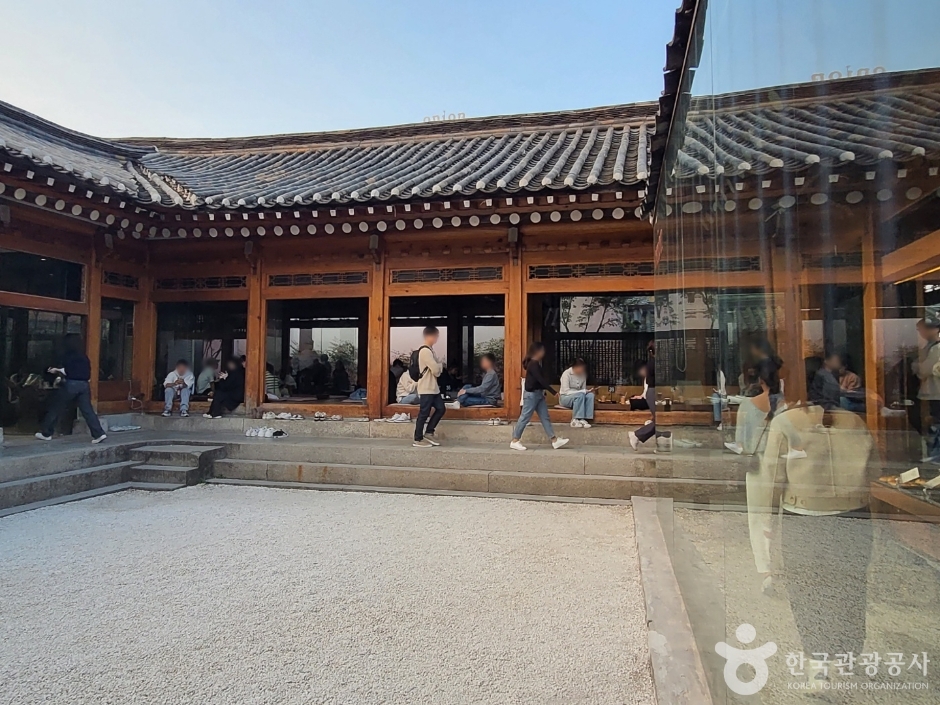

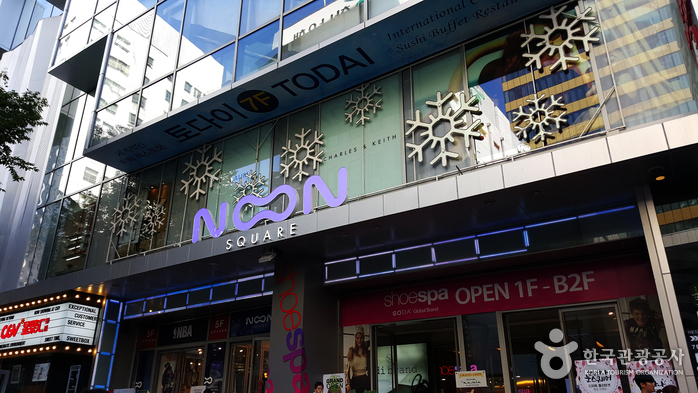
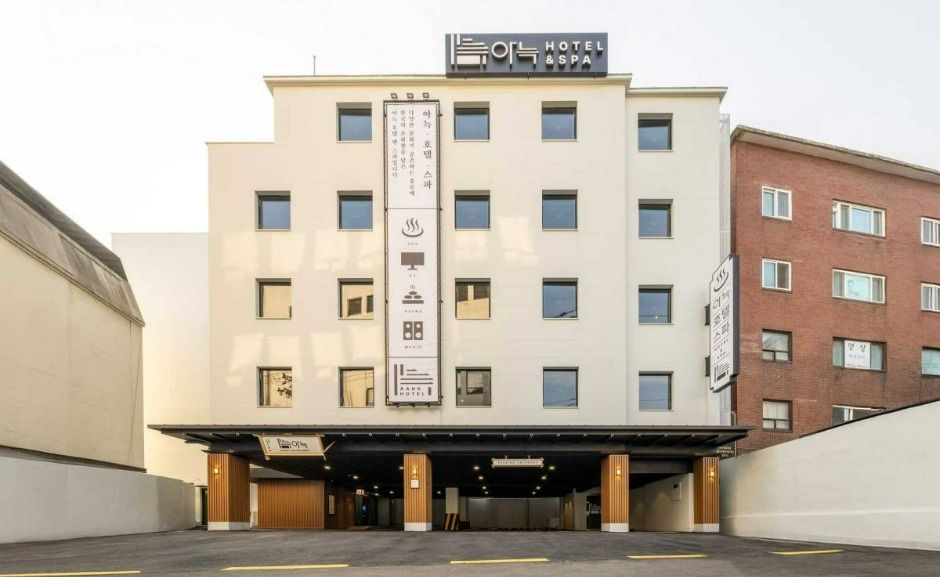
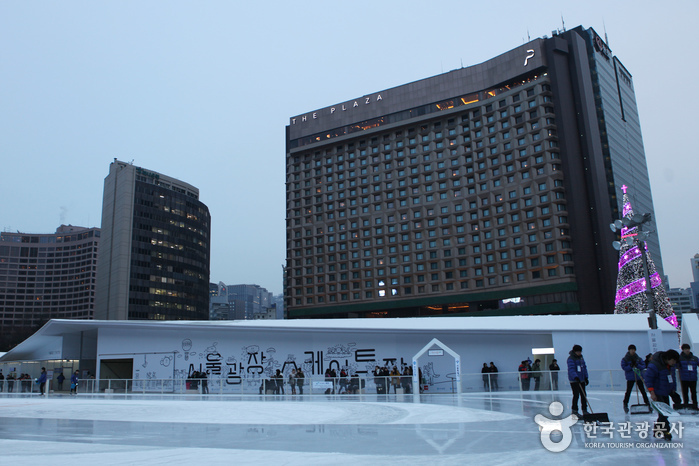
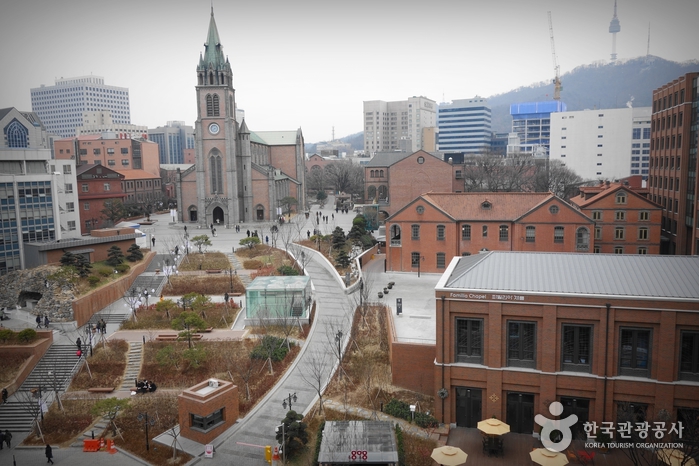
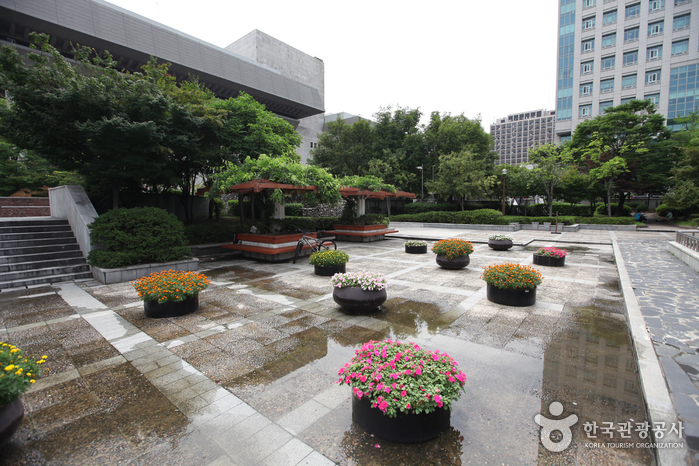
 Español
Español
 한국어
한국어 English
English 日本語
日本語 中文(简体)
中文(简体) Deutsch
Deutsch Français
Français Русский
Русский